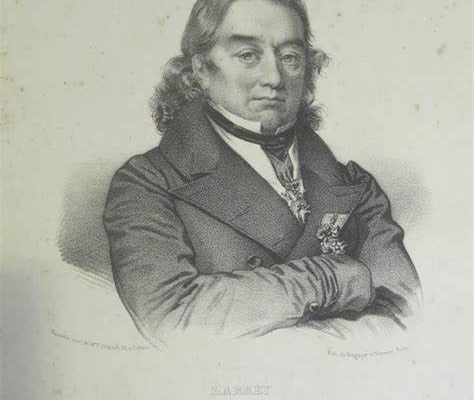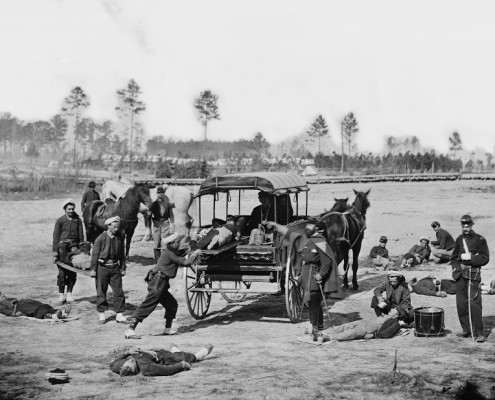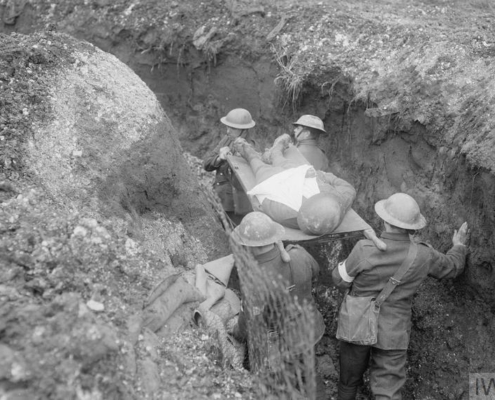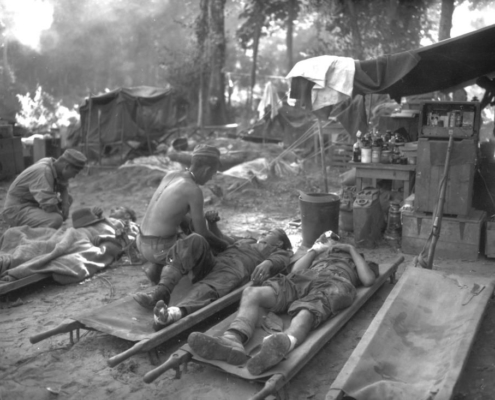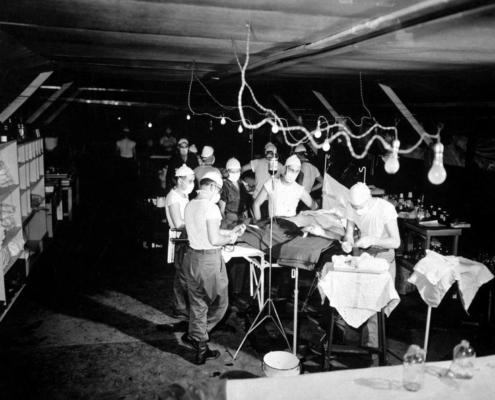America’s War on Terrorism & Iraqi Freedom (2001 onward)
Telemedicine in the Field
After the tragic events of September 11, 2001, the world changed in many ways. Operation Enduring Freedom (OEF) and Operation Iraqi Freedom (OIF) commenced in October 2001 and May 2003, respectively, as part of the global war on terror. To go into great detail about this war would be akin to writing pages and pages in order to gain enough context to understand the complexities.
Briefly, America’s War on Terrorism, also known as Operation Enduring Freedom (OEF) was a direct response to the attacks on the United States on September 11, 2001. President George W. Bush authorized missile airstrikes targeting known terrorist groups al-Queda and the Taliban in Afghanistan. These attacks began on October 7, 2001, and was officially declared over by President Barak Obama on December 28, 2014.
In tandem with OEF was the creation of Operation Iraqi Freedom (OIF). President George W. Bush, whose father had faced Saddam Hussein’s regime in the 90s, believed that the leader was harboring weapons of mass destruction and that his government was a threat to the United States. Authorized by Congress, the President declared war on March 20, 2003. Both air and on-land tactical missions were part of this war. President Hussein was captured on December 13, 2003, and was later executed for crimes against humanity. The invasion and subsequent fall of Hussein’s government led to a new Iraqi constitution, government, and elections.
Over 50,000 Americans were injured as a result of these ongoing wars. This generalized number does not include those who died. Some of the injuries soldiers faced from both campaigns came from a variety of dangers. Suicide bombers, explosive devices, landmines, mortars, and bomb shrapnel, and of course, bullets, to name just a few. An article created by the Bureau of Veteran’s Affairs lists numerous types of procedures medics performed in the field and in hospitals. This article lists orthopedic (including amputations, joint reconstructions, ligament repairs), soft tissue injuries (wound closures, burns, debridement), vascular, thoracic, and head and neck injuries. Lasting wounds, both physical and mental, still plague some personnel today.
As US Forces embarked on campaigns around the world in these wars and soldiers found themselves in very inhospitable areas where medical evaluations are tricky at best. To ensure optimum survival rates with complex trauma, medics were able to telecommunicate with hospital-based doctors that could direct complex medical procedures in the field. This advance in technology allowed medical professionals to better treat and save more military personnel’s lives. One advantage of this new telemedicine process was the ability to bring telepsychiatry services to soldiers suffering from PTSD. This allowed professionals to better assess the soldier’s needs and to get them the assistance they required.



